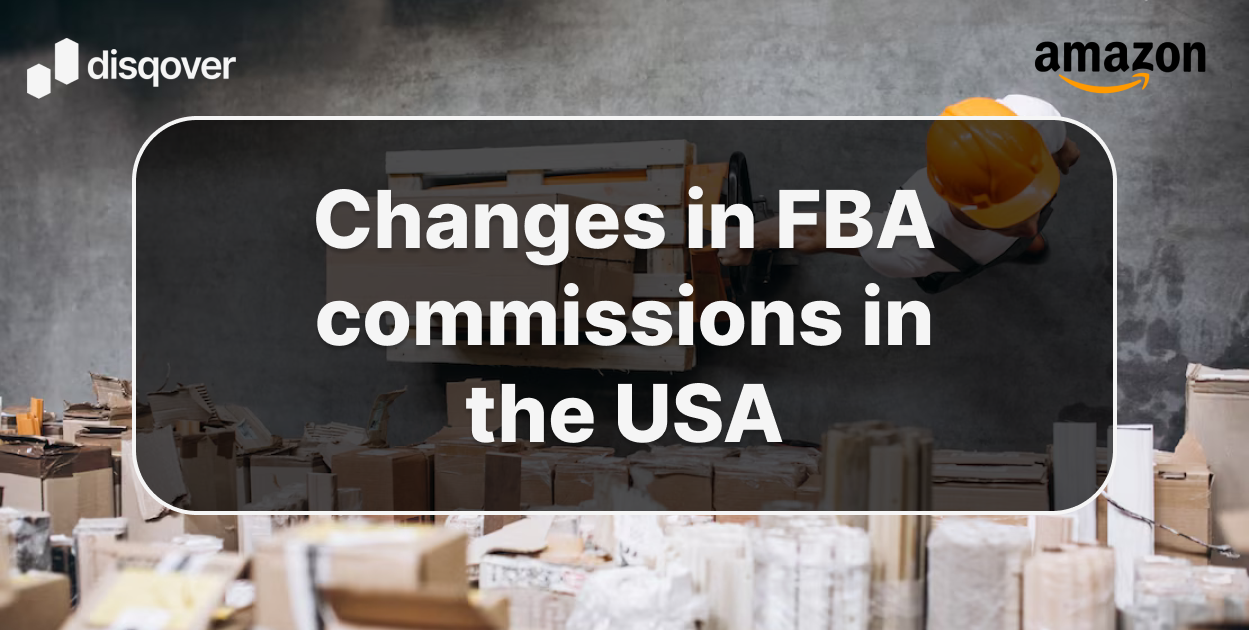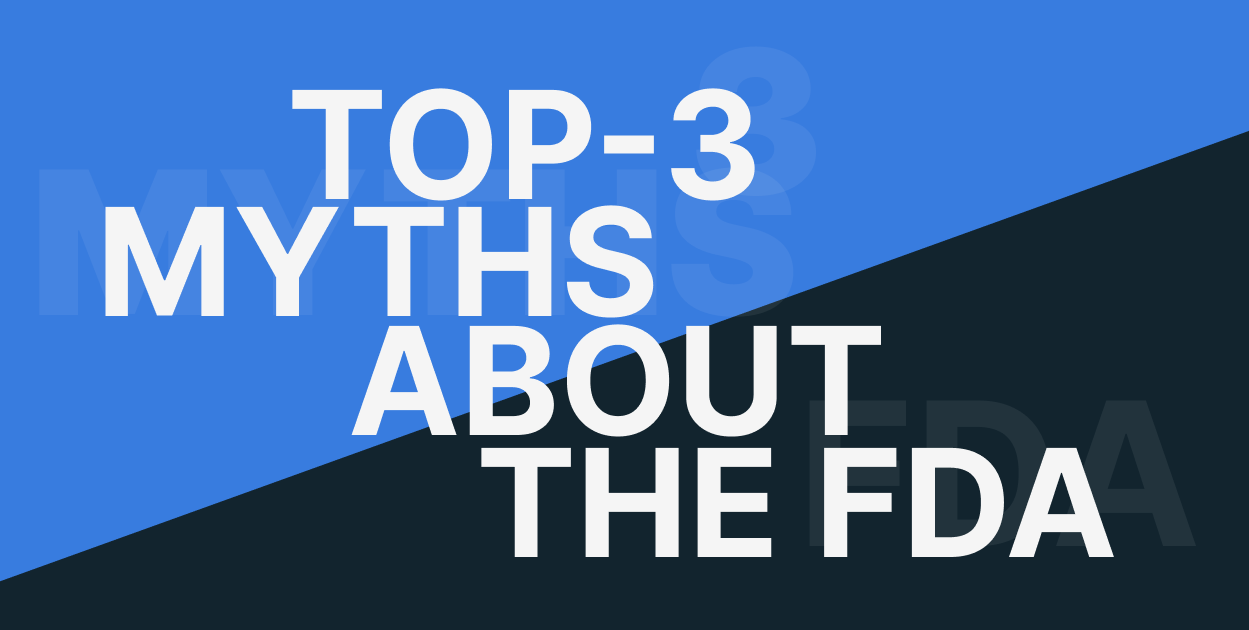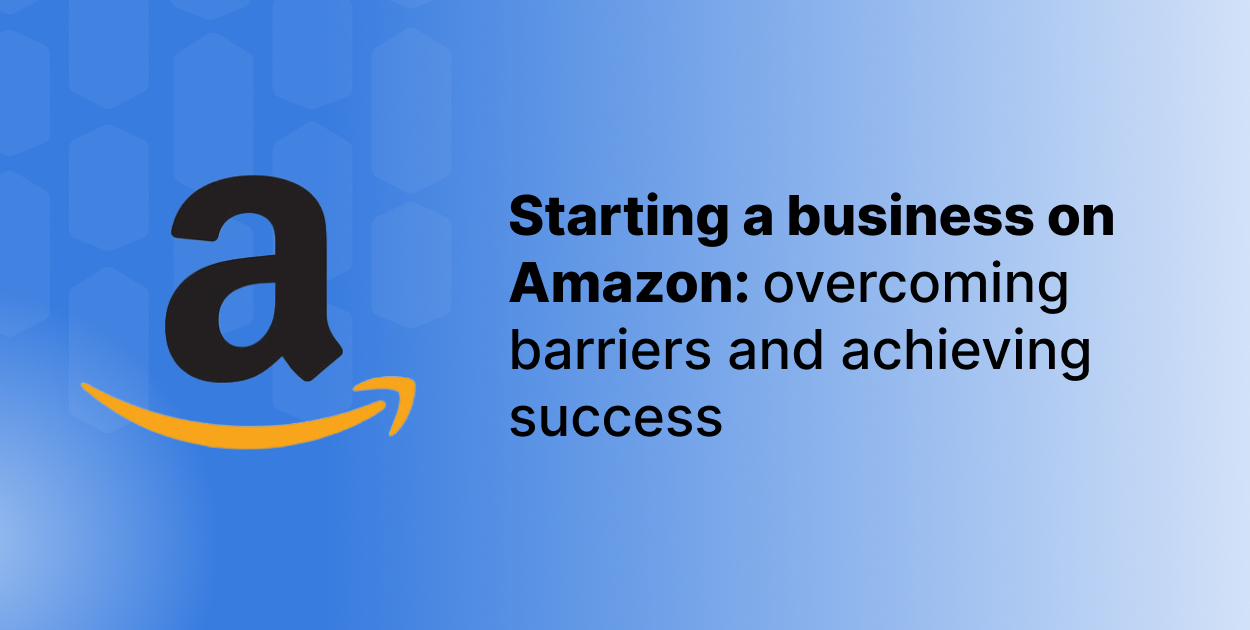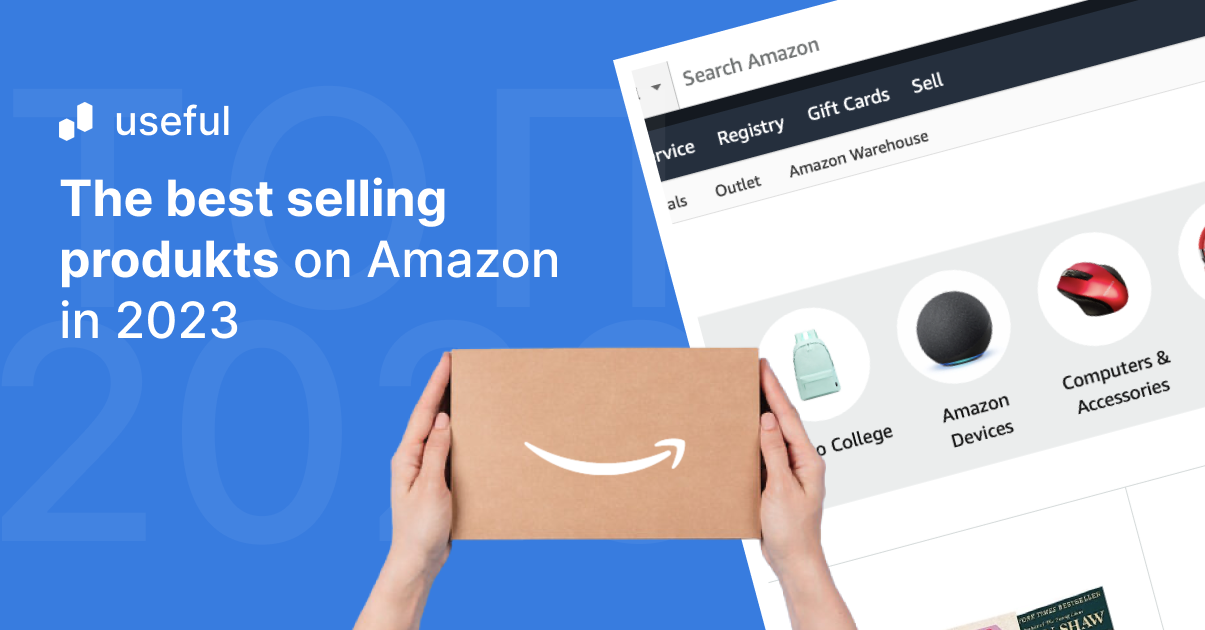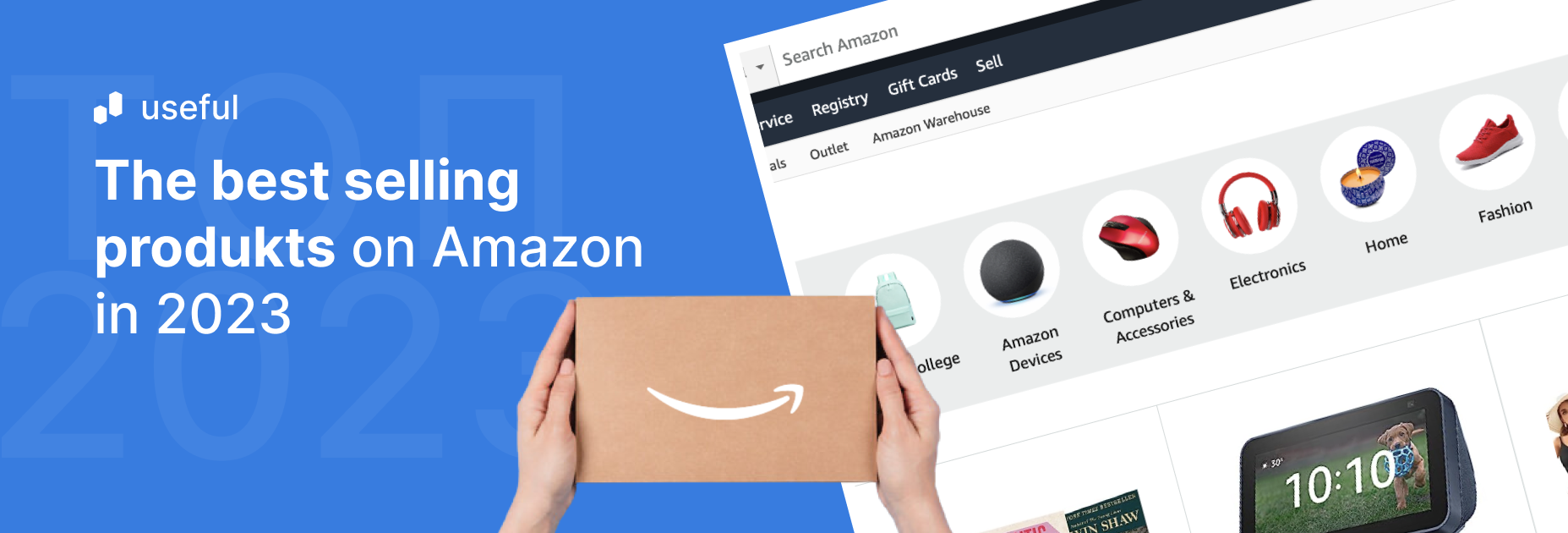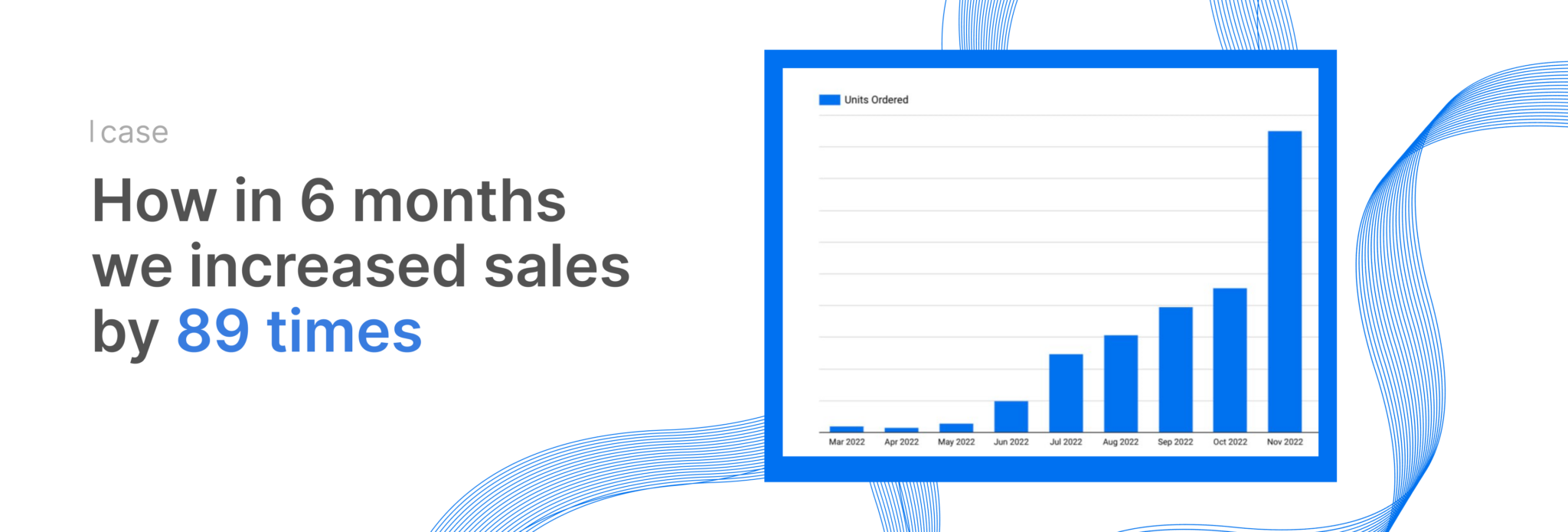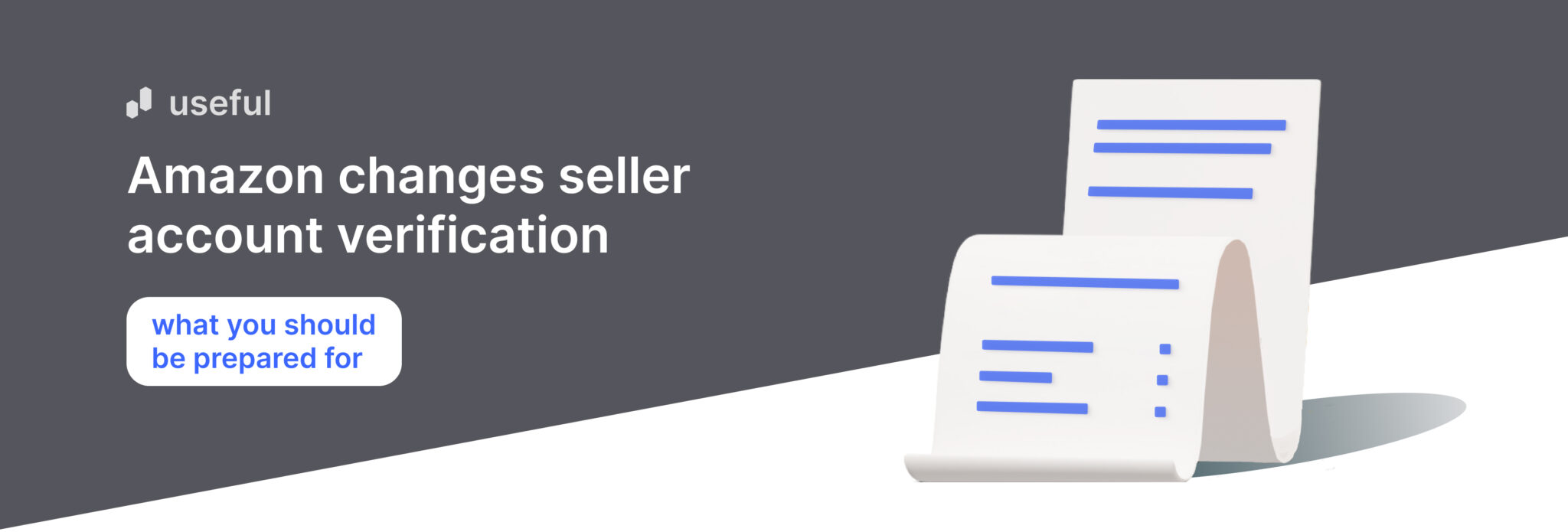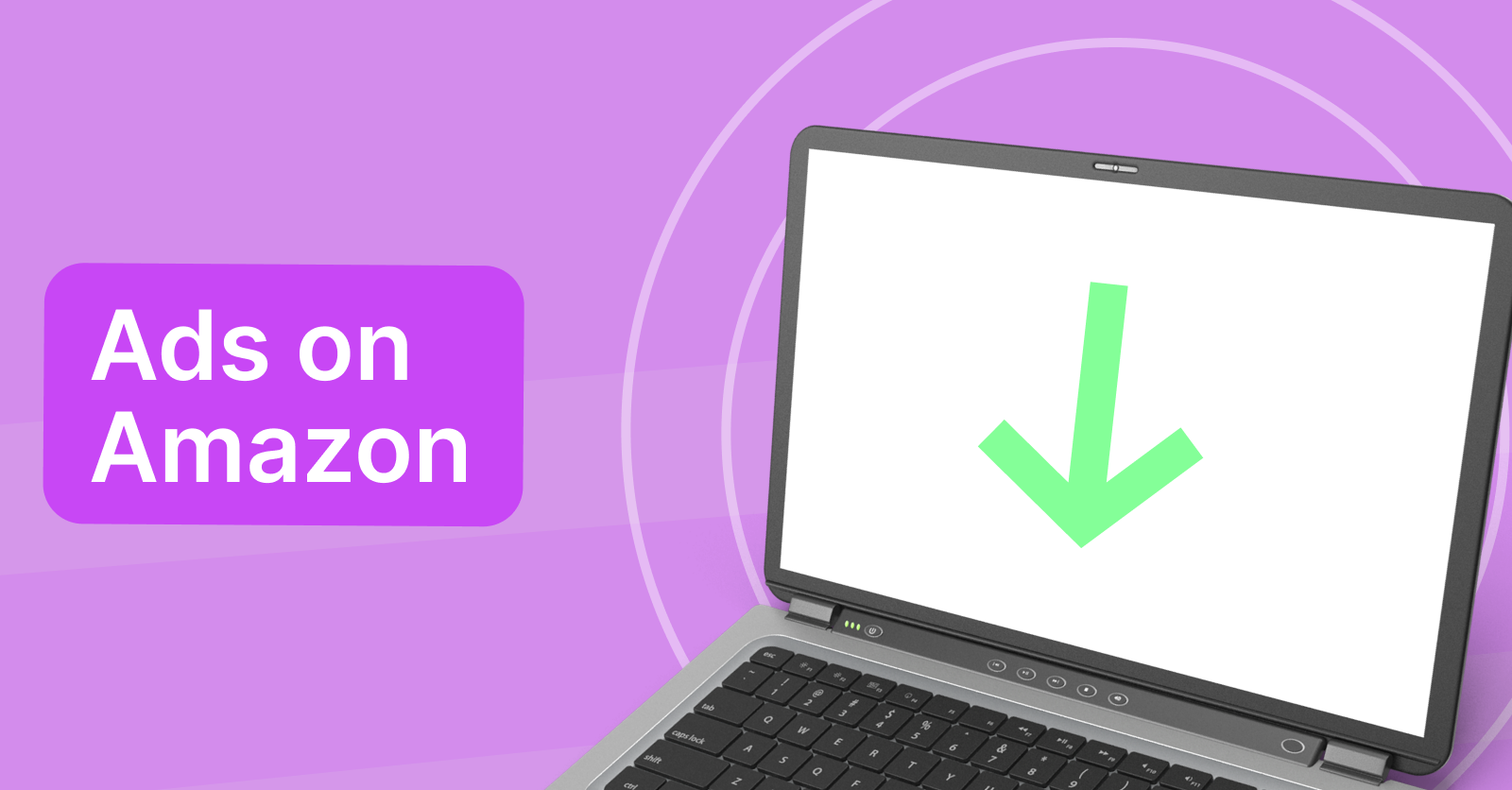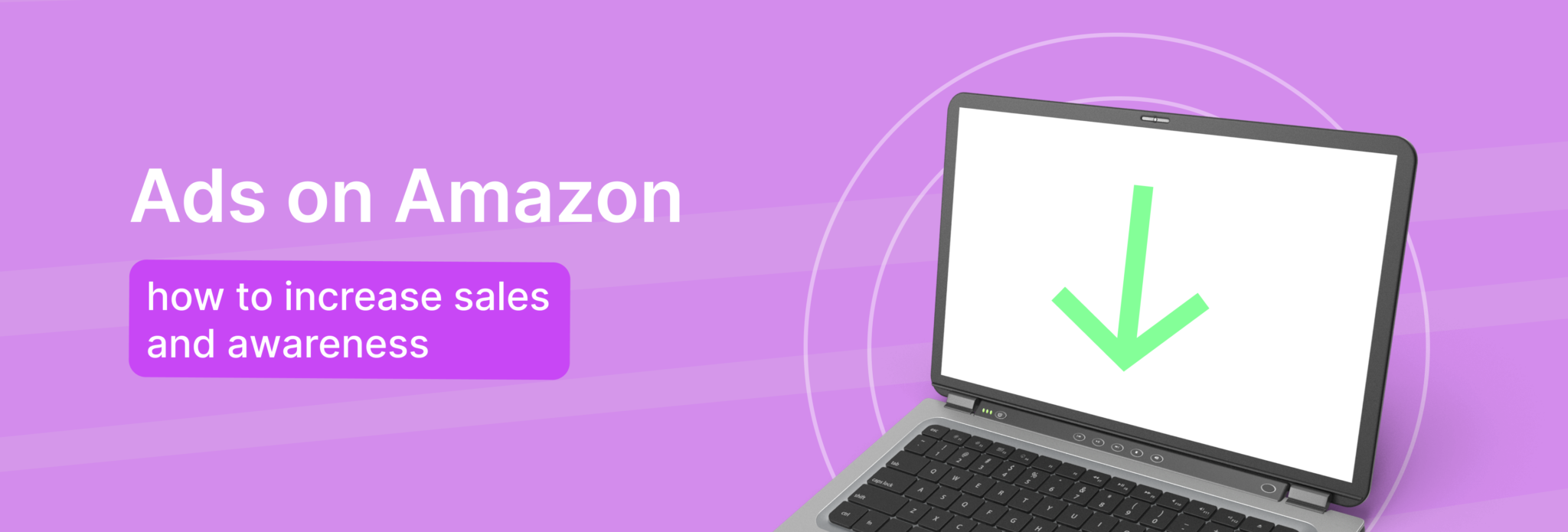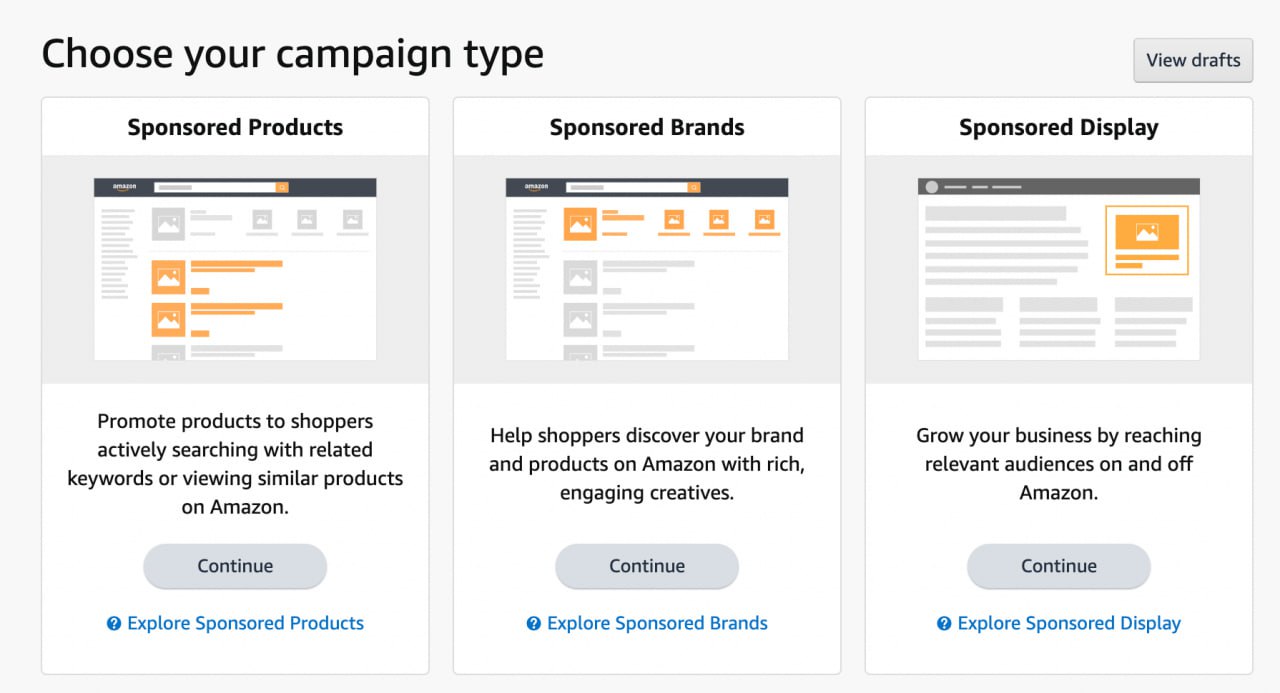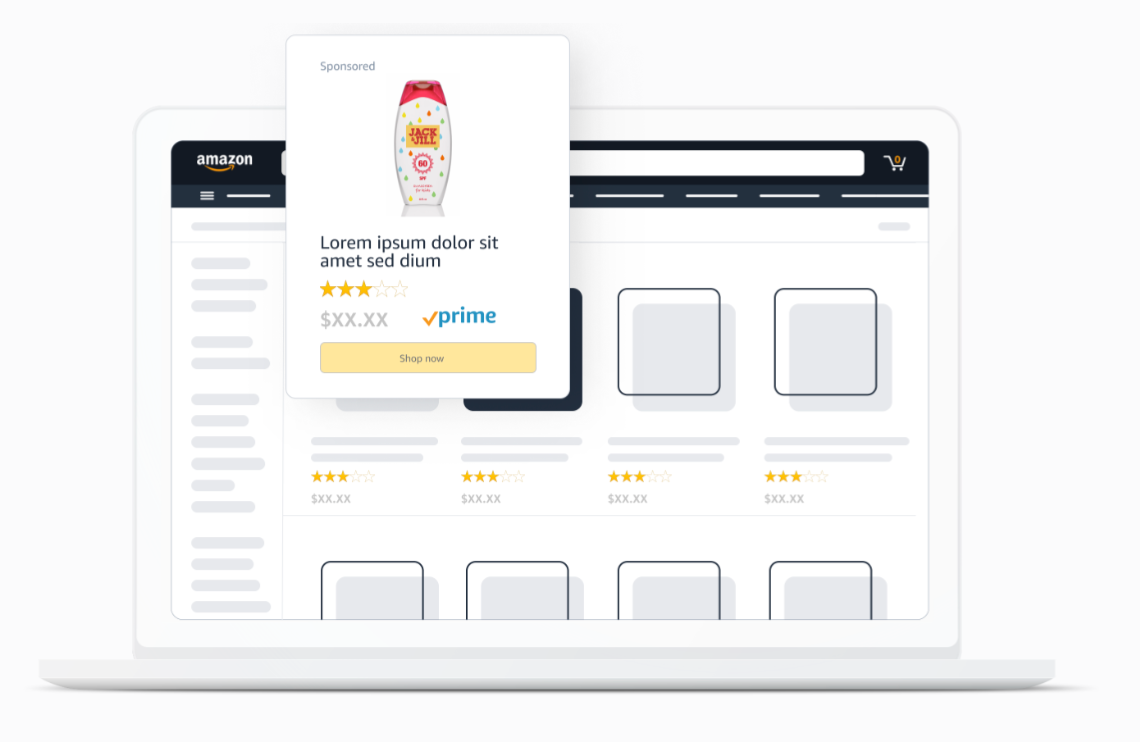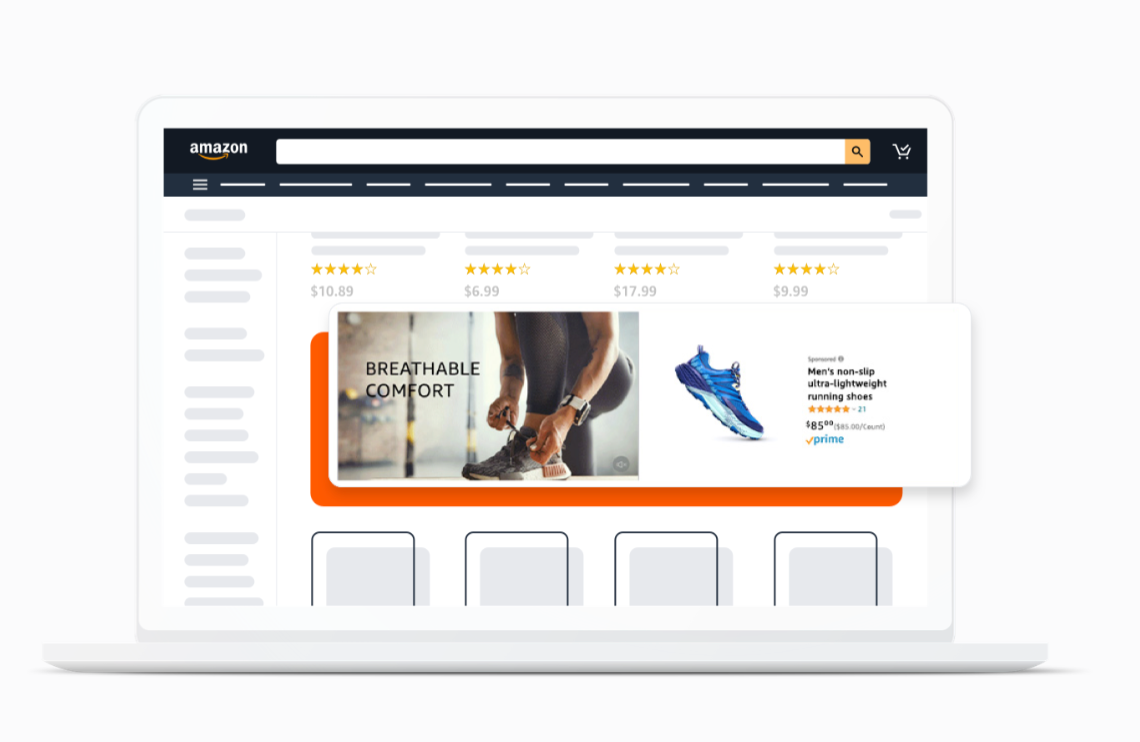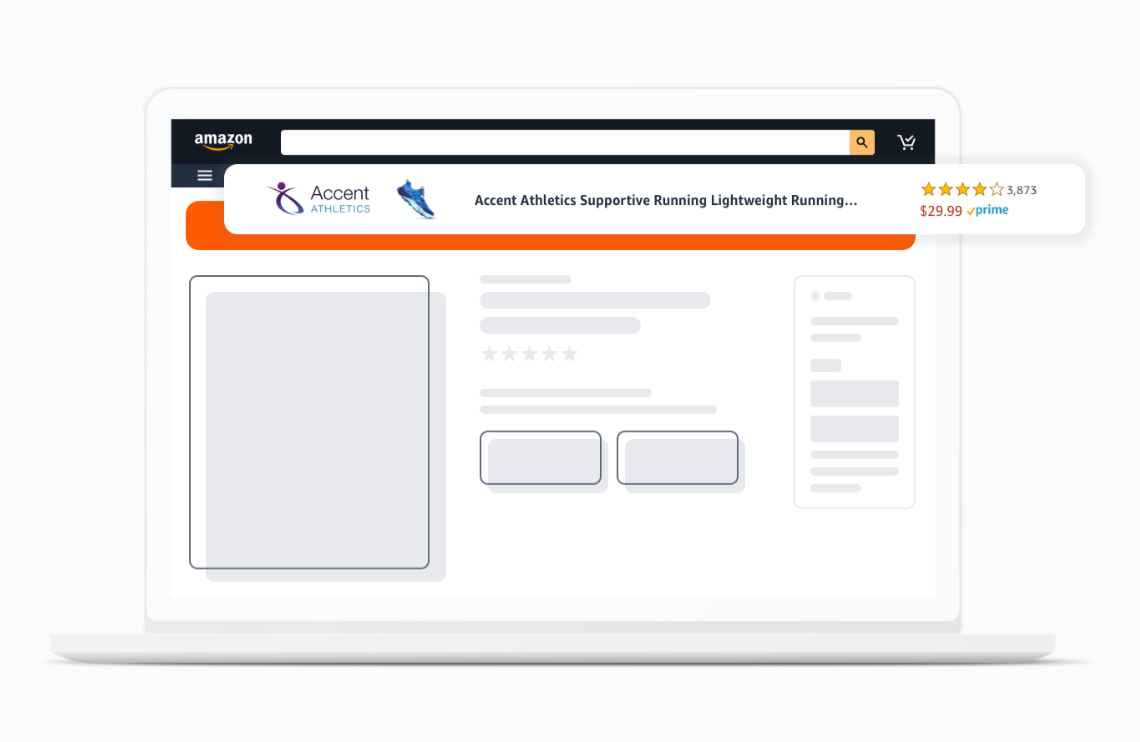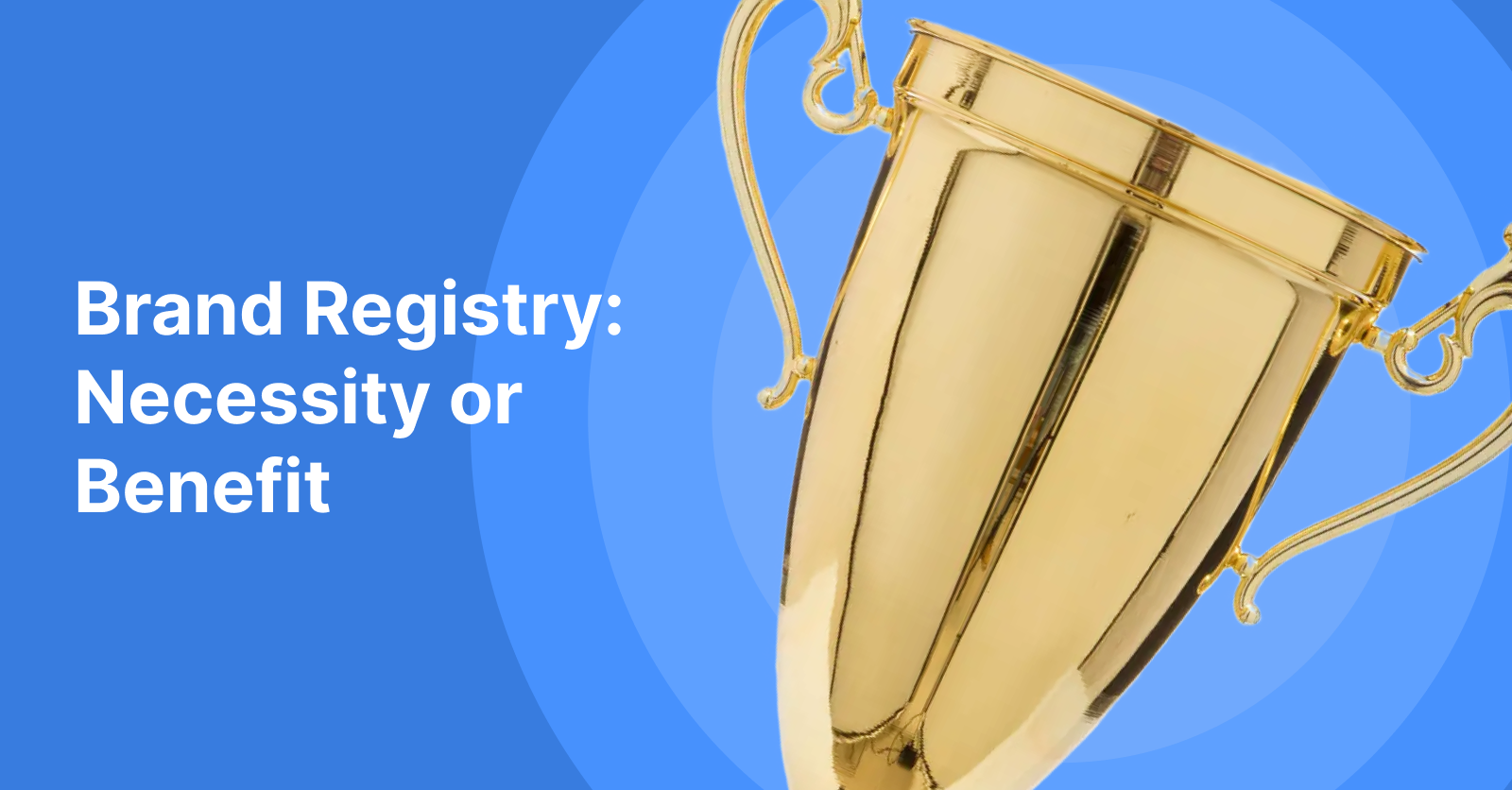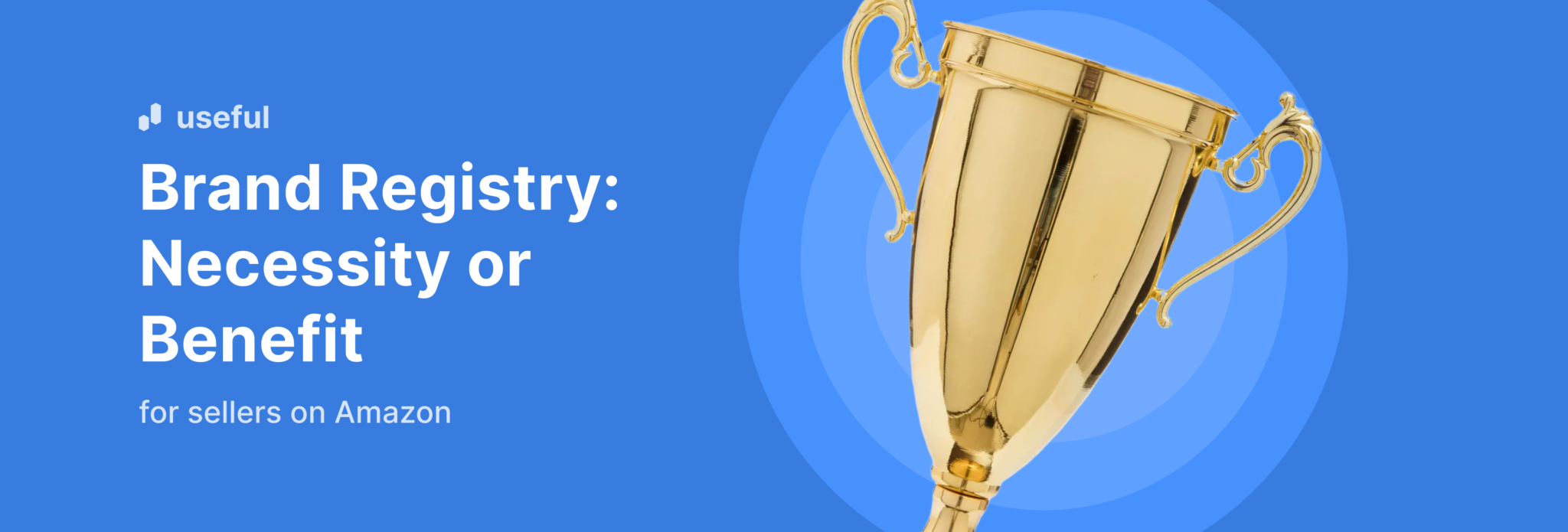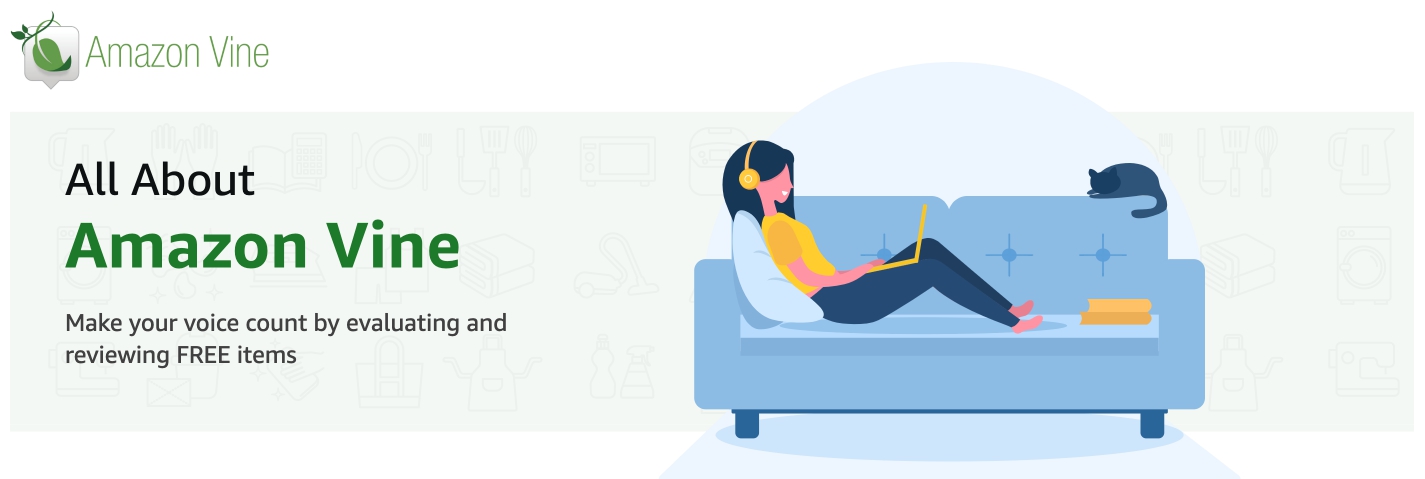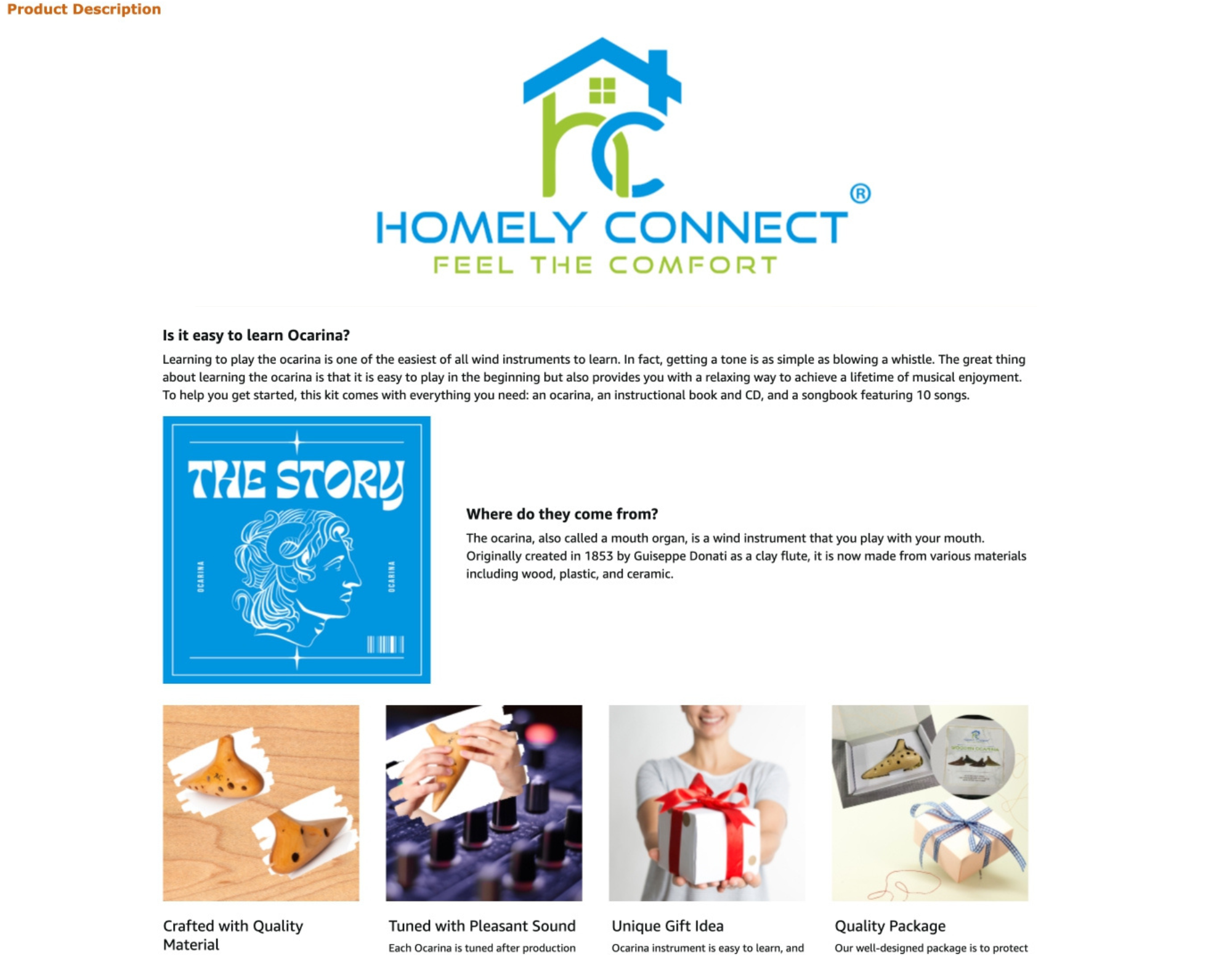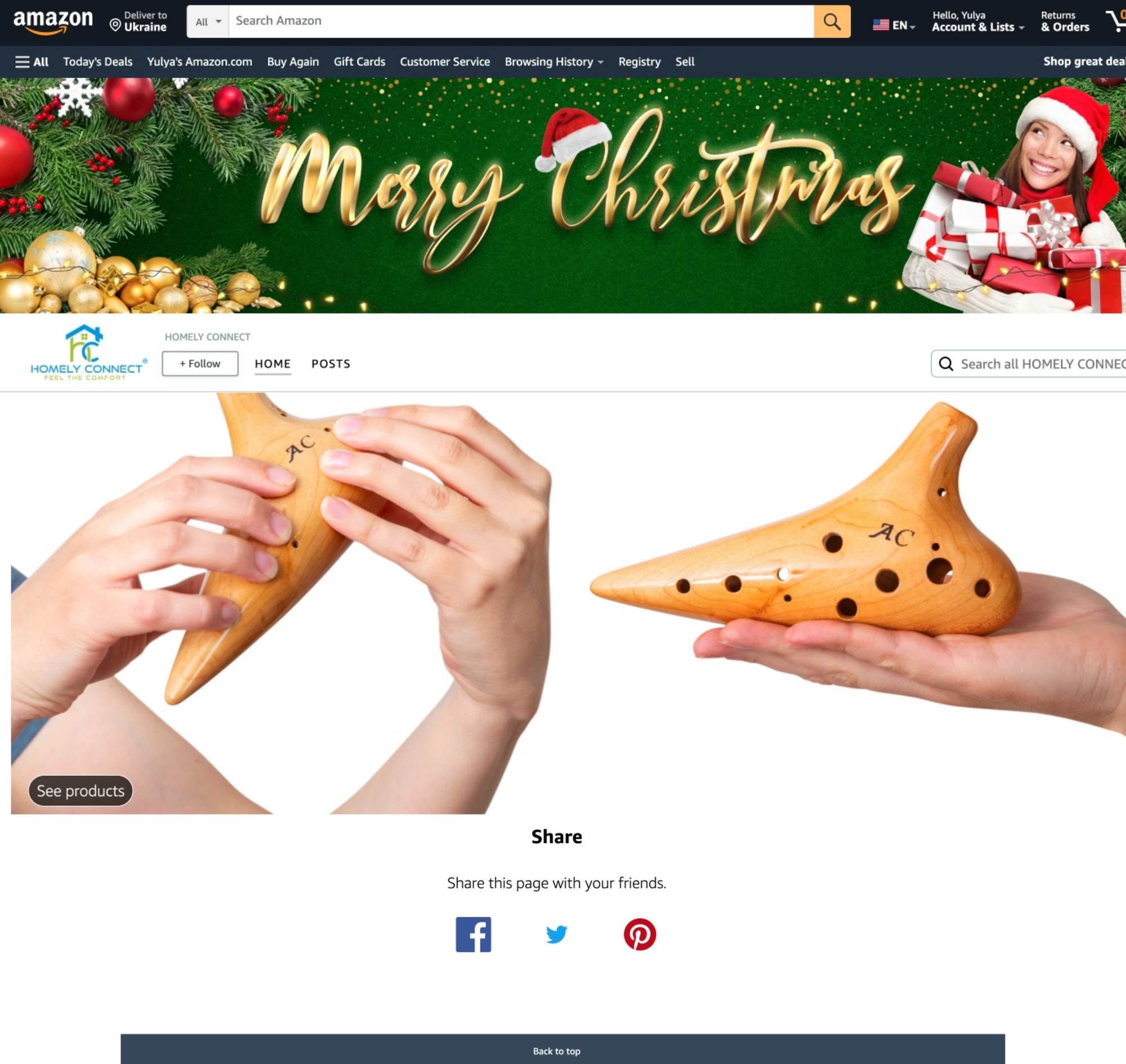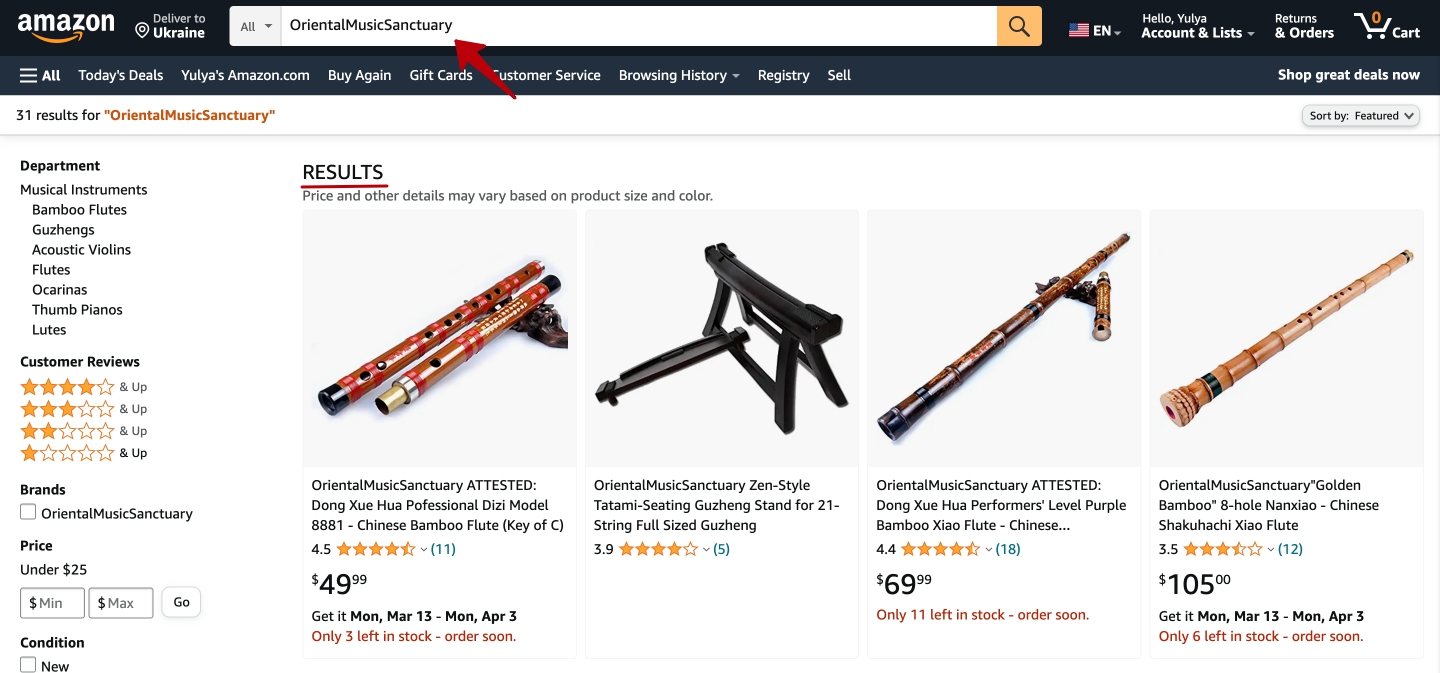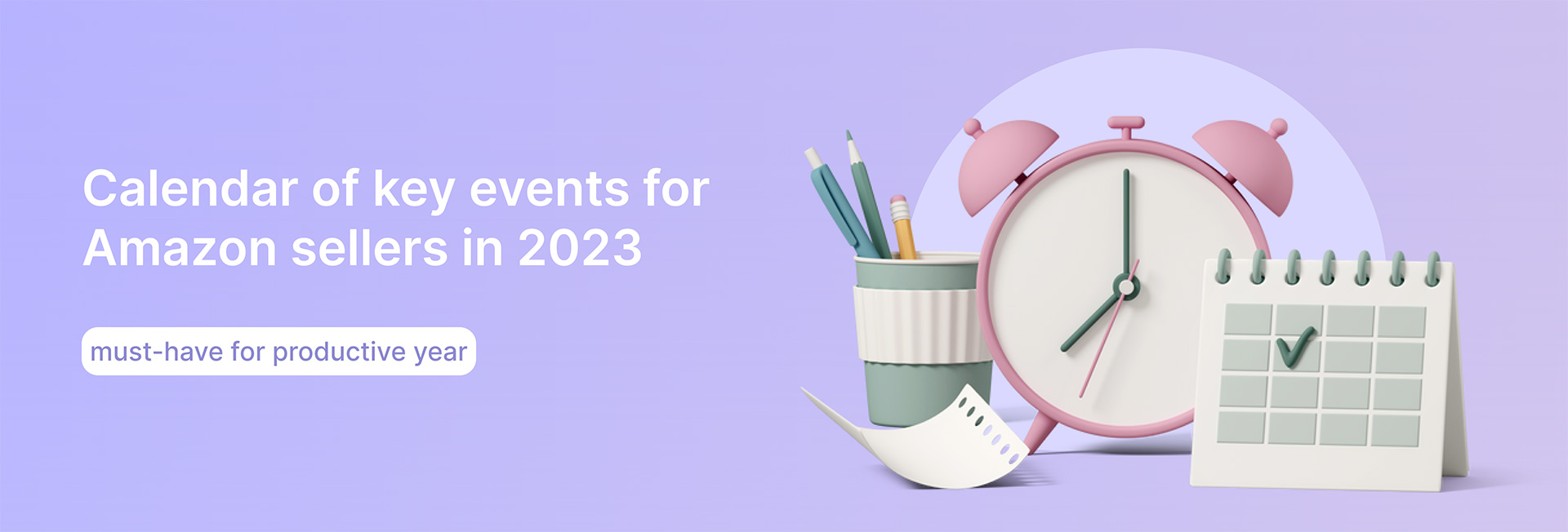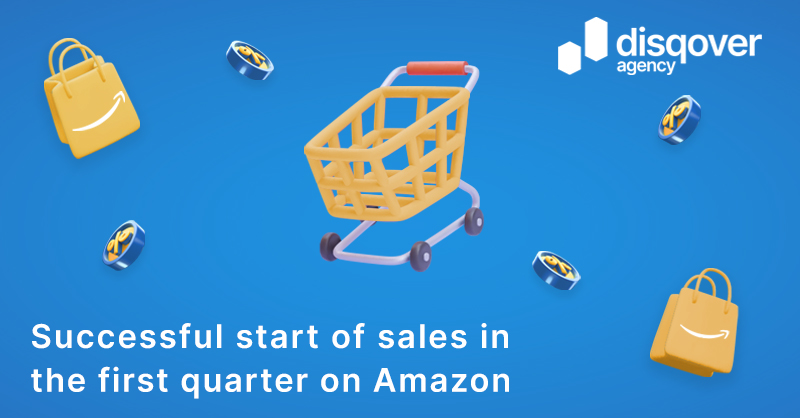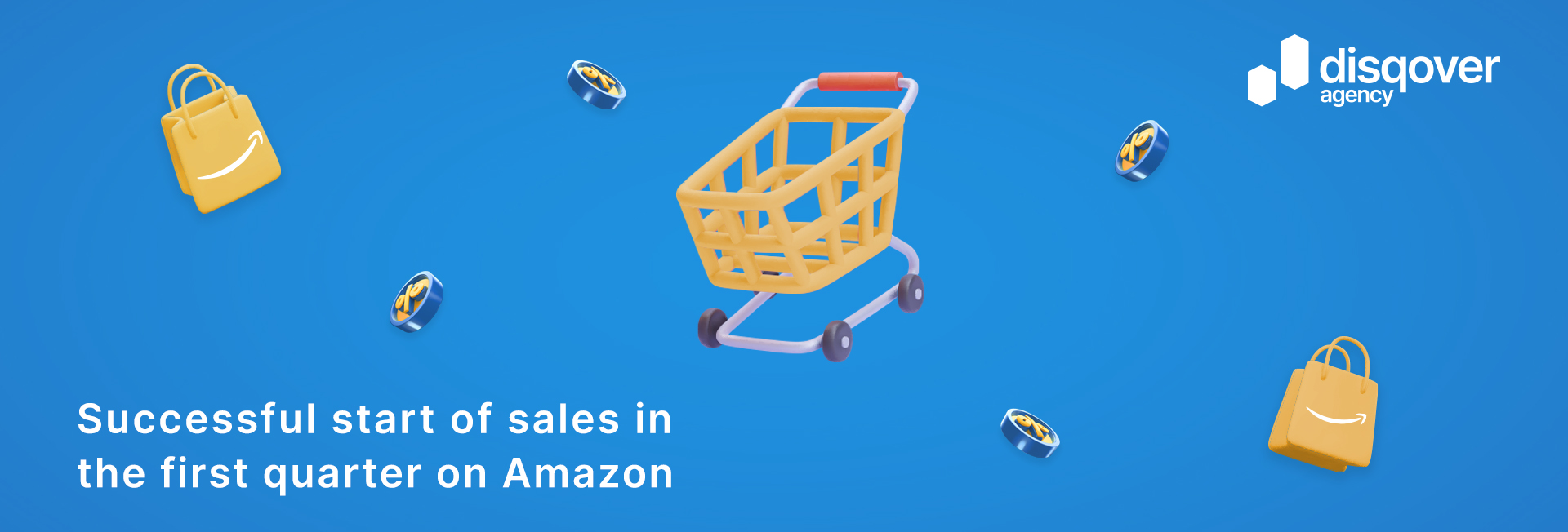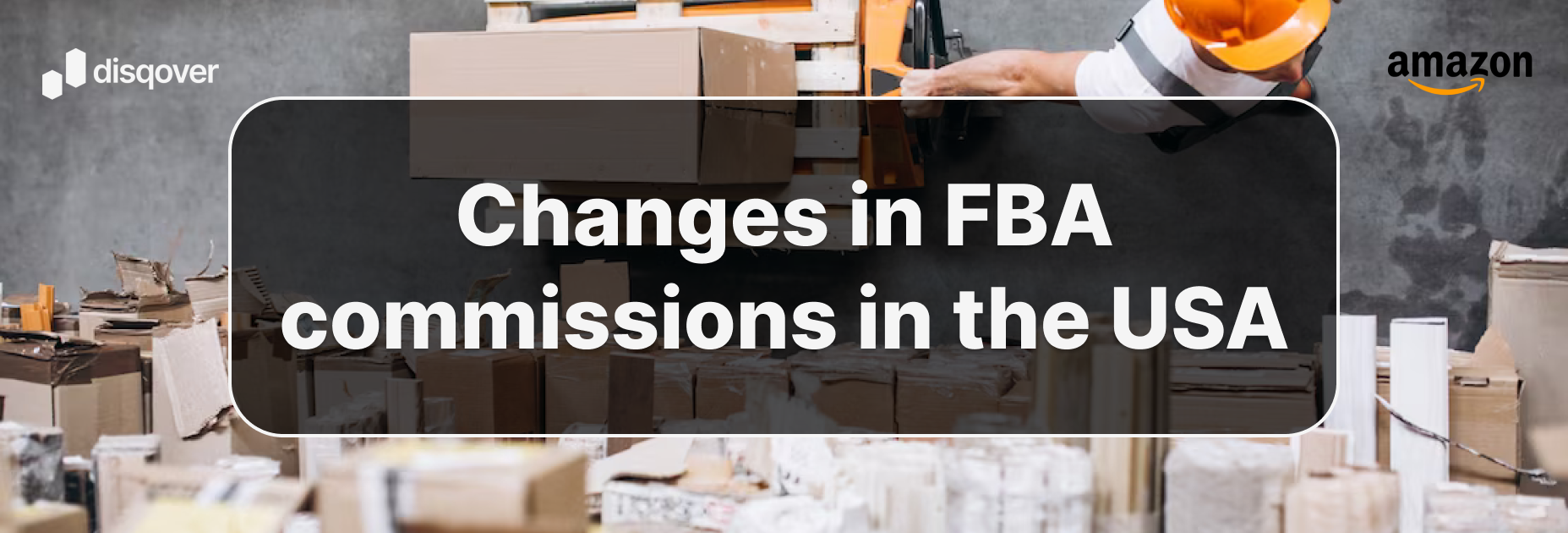
Specifics of Amazon FBA Commission Changes in the USA for 2024
Approximately 91% of Amazon sellers express satisfaction with the prompt delivery of their products globally. This efficiency is primarily attributed to the FBA (Fulfillment by Amazon) service – a specialized logistics program by Amazon enabling sellers to stock their goods in Amazon warehouses.
What advantages do sellers gain by utilizing FBA? Amazon warehouses are strategically positioned across the globe. Storing your products in these warehouses allows for expedited delivery to customers, emerging as a pivotal factor in fostering customer loyalty.
Furthermore, utilizing FBA presents the opportunity to economize on storage expenses, owing to the absence of external cross-border fees. FBA facilitates payment solely for domestic shipping fees in the countries where the Amazon warehouses housing your products are situated.
 FBA Changes in the USA
FBA Changes in the USA
Amazon has recently implemented alterations to the payment structure for FBA commissions in the United States. These changes will occur in three phases:
- First Commission Rate: Until January 15, all commissions will be maintained at the rates applicable during the period of October to December 2023.
- Second Commission Rate: Starting from January 15, 2024, the rates for all products will be sustained as per the previous year, reflecting the period from January to September 2023.
- Third Commission Rate: The first significant tariff adjustment is scheduled for February 5, 2024. Amazon intends to modify the intervals for categorizing products based on weight:
- For Small Standard Size, products will be categorized by 2 ounces, with the commission calculation commencing at 2 ounces. In 2023, the minimum weight was 4 ounces, and categorization was done in 4 ounces. This change, however, does not apply to clothing.
- For Large Standard Size, the ranking intervals will be 4 ounces for products weighing 1 to 20+ pounds, increasing the number of rates from 9 to 13.
- Amazon is introducing a new size category called Large Bulky, encompassing products weighing 20 to 50 pounds.
- All other products in the Oversize category will retain their current parameters but will now be referred to as Extra-Large.
Accordingly, the fees will undergo changes on February 5:
Commissions for Regular Products:
- Small Standard Size: The lowest remains at 3.22, and the highest increases to 3.82. Compared to the period before February 5, the smallest commission remains the same, while the largest commission has increased by 0.05.
- Large Standard Size: The smallest commission stays the same as in the previous period at 3.86, and the largest commission will increase to 7.25, up by 0.08.
- For All Large Bulky and Extra-Large Products: The smallest commission remains the same as in the previous period at 9.73, and the largest will increase to 194.95 from 158.49.
For Clothing:
- Small Standard Size: The lowest commission is 3.43, and the highest is 4.15.
- Large Standard Size: The smallest commission remains the same as in the previous period at 4.43, and the largest commission will increase to 7.17.
- For All Large Bulky and Extra-Large Products: The smallest commission remains the same as in the previous period at 9.73, and the largest will increase to 194.95.
This ranking and commission change are beneficial only to sellers whose products had a lower weight than the maximum weight that Amazon previously ranked. In conclusion, starting February 5, 2024, Small Standard Size and Large Standard Size products will be ranked in smaller intervals (2 and 4 ounces, respectively), resulting in a total of 21 fees instead of 13. This change may reduce fulfillment fees for product owners with weights within the new intervals.
4th Tariff:
The 2nd significant change is scheduled for April 15. Amazon plans to reduce the commissions for Small Standard Size and Large Standard Size products.
This reduction will result in lower commissions for:
Regular Products:
- Small Standard Size: A reduction of 15-17 cents. The lowest rate is 3.06 cents, and the highest is 3.65 cents.
- Large Standard Size: A reduction of 17-33 cents, reaching 3.68 for the smallest rate and 6.92 for the largest.
For Clothing:
- Small Standard Size: A reduction of 15-17 cents. The lowest rate is 3.27, and the highest is 3.98.
- Large Standard Size: A reduction of 17-25 cents, reaching 4.25 at the lowest rate and 6.92 at the highest.
For Hazmat:
- Small Standard Size: A reduction of 15-17 cents. The lowest rate is 4.03, and the highest is 4.47.
- Large Standard Size: A reduction of 17-33 cents, reaching 4.5 for the smallest tariff and 7.38 for the largest.
In conclusion, starting April 15, 2024, sellers of Small Standard Size products may experience a reduction in commissions by 15-17 cents, and Large Standard Size products by 17-33 cents.
 Changes to the Monthly Storage Fee
Changes to the Monthly Storage Fee
The Monthly Storage Fee, which is the charge for storing products in Amazon warehouses, calculated for each unit separately and debited monthly, is also undergoing changes, but these changes won’t apply universally.
Effective April 1, 2024, the Monthly Storage Fee for Small and Large Standard Size products will undergo a reduction of $0.09 per cubic foot. It’s important to note that this adjustment is applicable exclusively during the off-peak sales period, spanning from January to September.
The revised fee structure is as follows:
- Previous Rate: $0.87 per cubic foot
- New Rate: $0.78 per cubic foot
It’s crucial to emphasize that all other storage fees will remain unchanged, ensuring stability in cost structures for various product categories.
 Storage Utilization Fee Changes
Storage Utilization Fee Changes
Commencing April 1, 2024, Amazon will implement modifications to the storage utilization fee, introducing charges for products with a storage utilization index of 22 weeks or more. This marks a reduction from the previous threshold of 26 weeks. Previously, these fees were differentiated based on size and categorized into four tariffs (up to 26 weeks, 26-39, 39 weeks and more, for new sellers). The updated structure will now feature additional tiers (up to 22, 22-28, 28-36, 36-44, 44-52, 52+, for new sellers).
In essence, it can be inferred that this adjustment will result in increased fees for all sellers, and sellers with an index of less than 22 weeks will now be obligated to pay this fee.
 Aged Inventory Fee Adjustments
Aged Inventory Fee Adjustments
Effective February 15, 2024, Amazon will implement changes to the aged inventory fee for products stored in Amazon’s warehouses for a duration of 271 to 365 days. It is important to note that this adjustment does not impact clothing and accessories, and for inventory with a shorter storage duration, the fees will remain unchanged.
In summary, the commission will experience an increase ranging from $1.65 to $1.7 compared to the previous period until February 15, 2024:
- Term 271-300 days: Increasing by $1.65, from $3.8 to $5.45.
- Term 301-330 days: Increasing by $1.7, from $4 to $5.7.
- Term 331-365 days: Increasing by $1.7, from $4.2 to $5.9.
 FBA Removal, Disposal, and Liquidation Order Fee Adjustments
FBA Removal, Disposal, and Liquidation Order Fee Adjustments
Commencing February 5, 2024, Amazon will be implementing adjustments to the fees associated with the removal, disposal, and liquidation of goods from Amazon warehouses. Sellers can anticipate an increase in fees ranging from $0.07 to $1.27 for these services. FBA Prep Service Fee Adjustments
Effective February 5, 2024, Amazon is revising the fee structure for packaging products in bubble wrap, specifically for Standard Size products. Sellers should be aware of a fee increase of $0.24 for this specific packaging service. It’s essential to note that fees for all other products, packaging types, and services will remain unchanged.

Amazon is launching the Ships in Product Packaging (SIPP) program, an initiative offering sellers exclusive discounts on FBA fees for each product unit. Sellers qualify for this preferential program when their products are shipped in their original packaging, eliminating the need for additional Amazon packaging.
Here are the program details:
Eligibility Criteria:
- Excludes products smaller than 6x4x0.375 inches.
- Excludes dangerous goods.
- Excludes extra-large items classified as Extra Large.
Discount Structure:
- For regular products, the discount starts at 4 cents and can range up to an impressive $0.07-$1.32, depending on the product size.
- Clothing items qualify for a discount ranging from $0.06 to $0.58.
 New Low-Inventory-Level Fee
New Low-Inventory-Level Fee
Starting April 1, 2024, all sellers will face an additional fee for low inventory levels specifically for Small and Large Standard Size products.
Amazon states that due to suboptimal distribution of small stock, products face slower delivery as they move between fulfillments. Amazon incurs higher transportation costs in this process, justifying the introduction of this fee.
Key Points:
- This fee is an addition to the FBA commission per purchased item.
- Calculation depends on product size and weight, applied to the entire order.
- Applicable to products with a “historical days of supply” of less than 28 days.
Commission Amounts:
- 0-14 days: $0.89-$1.11
- 14-21 days: $0.63-$0.87
- 21-28 days: $0.32-$0.47 USD
Check your “historical days of supply” on the FBA Inventory tab in Seller Central to understand this metric better.
For sellers with rapidly selling products and smaller inventory quantities, this may pose a challenge.
Therefore, to avoid incurring this fee, we recommend replenishing your stock on time and ensuring a margin, especially if your product tends to sell quickly.
Exemptions from this fee include:
- New sellers within the first 365 days of using FBA.
- Products within the initial 180 days from their first arrival on FBA, throughout the entire listing’s existence—applicable only if the seller is a member of FBA New Selection.
- Products that are automatically replenished through Amazon Warehousing and Distribution.
 New – Inbound Defect Fee – Fee for Incoming Defects
New – Inbound Defect Fee – Fee for Incoming Defects
Commencing March 1, 2024, a new fee will be implemented for Small and Standard Size products that fail to meet FBA requirements:
- For items delivered to incorrect fulfillment centers as indicated on the item, the fee’s cost is tiered based on the product’s size, ranging from $0.04 to $0.07.
- For studs that were removed or undelivered, the commission’s cost is $0.02 to $0.04:
- For US pins that did not arrive within 45 days after creation.
- For international chips that have not arrived within 75 days after creation.
- For shipments with multiple destination centers that have not arrived at these centers (fulfillment centers) within 30 days after the first shipment.
 New – FBA Inbound Placement Service Fee
New – FBA Inbound Placement Service Fee
Starting March 1, 2024, a new commission for placing products on FBA will be introduced. The amount of this fee will depend on the size of the product and the number of fulfillment centers to which the product is delivered.
The commission’s amount will be displayed when you create a shipment, and you can choose the option yourself.
For example, for owners of Small and Large Standard Size products, the commission for delivery to one fulfillment center will be $0.21-0.68. For those who send their products to multiple centers independently, the discount can be up to 100%.
For owners of Large Bulky Size products, the commission for delivery to the first location is $2.16-6; for delivery to several locations, you can also get a discount of up to 100%.
Factors influencing the discount:
- Delivery to the eastern part of the country will be lower than to the western part.
- Delivery via partner carriers.
- When delivering through Amazon Supply Chain – Amazon Global Logistics, the commission for Large Bulky Size is not applied, or Amazon Warehousing & Distribution (AWD).
New commissions can affect your costs and financial performance. An analysis and an optimized sales strategy will help minimize the negative impact of these changes on your business.
Thanks to our experience and a deep understanding of the specifics of FBA commission changes, we are ready to provide you with professional support and advice. Contact us for an individual consultation and to develop an effective action plan.
Free consultation
To receive free concultation, feel the form below. All points are obligatory.
Since Amazon EU and UK canceled the referral commission for Ukrainian exporter sellers, we received many
Amazon Prime Day is announcing its annual event on July 12-13, offering Prime members discounts on products from leading national brands and
Starting an export business, any entrepreneur is faced with logistics issues and must decide which delivery format is most suitable for their product and will provide the best value for money

